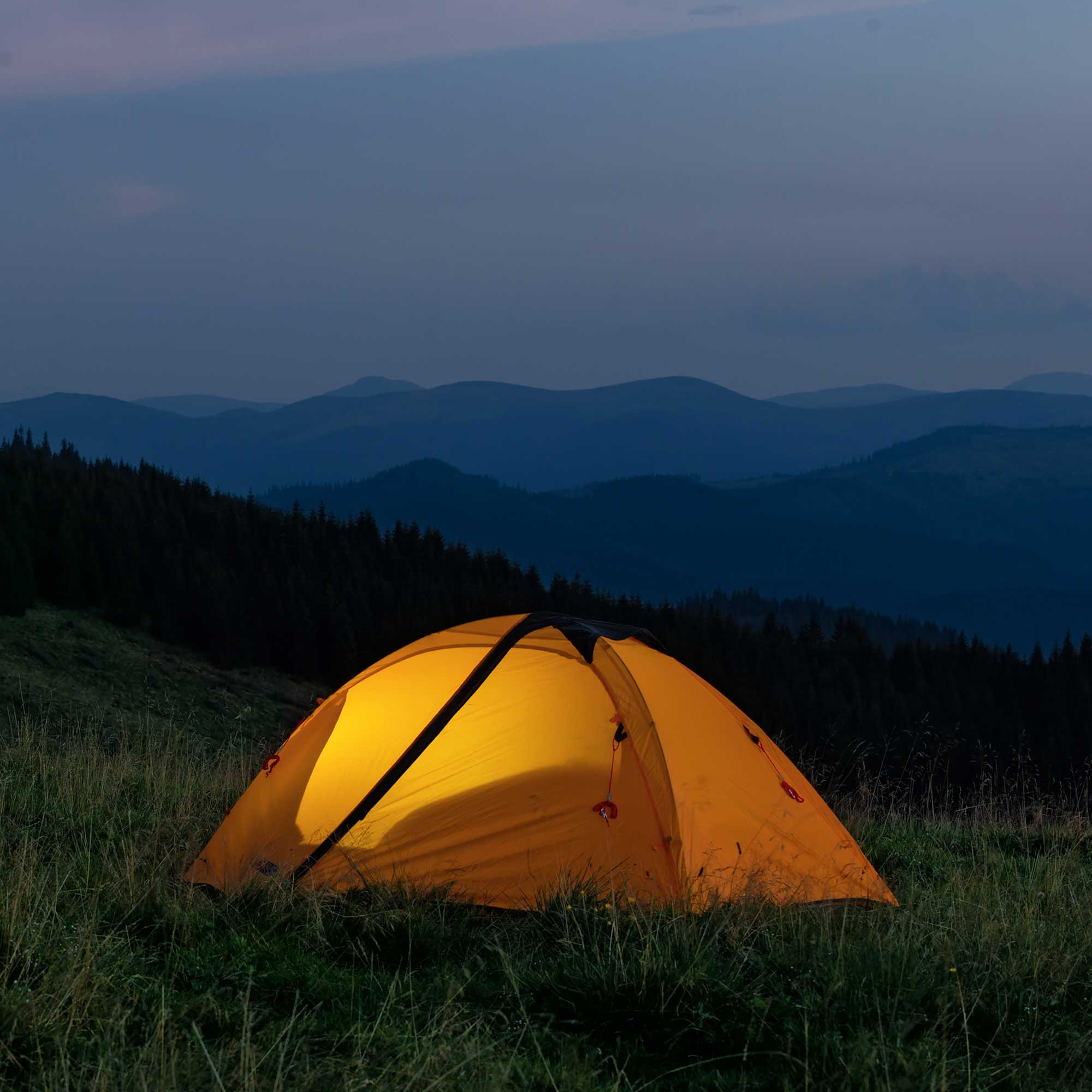
Friday Jun 03, 2011
How the Deepwater Episode Modified the World Forever
The Deepwater Horizon oil spill (additionally referred to as the BP oil spill, the Gulf of Mexico oil spill, the BP oil catastrophe, or the Macondo blowout) is an oil spill within the Gulf of Mexico which flowed for three months in 2010. The affect of the spill continues even after the effectively has been capped. It's the largest accidental marine oil spill within the historical past of the oil and gas industry. The spill stemmed from a sea-ground oil gusher that resulted from the April 20, 2010 explosion of Deepwater Horizon, which drilled on the BP-operated Macondo Prospect. The explosion killed eleven men engaged on the platform and injured 17 others. On July 15, the leak was stopped by capping the gushing wellhead, after it had released about 4.9 million barrels or 205.eight million gallons of crude It was estimated that 53,000 barrels per day had been escaping from the effectively simply earlier than it was capped. It is believed that the daily move rate diminished over time, beginning at about 62,000 barrels per day and decreasing as the reservoir of hydrocarbons feeding the gusher was progressively depleted. On September 19, the aid properly process was successfully accomplished, and the federal government declared the well "successfully dead". The spill precipitated extensive damage to marine and wildlife habitats as well as the Gulf's fishing and tourism industries. In late November 2010, 4,200 sq. miles of the Gulf have been re-closed to shrimping after tar balls have been found in shrimpers' nets. The whole amount of Louisiana shoreline impacted by oil grew from 287 miles in July to 320 miles in late November 2010. In January 2011, an oil spill commissioner reported that tar balls proceed to clean up, oil sheen trails are seen within the wake of fishing boats, wetlands marsh grass remains fouled and dying, and that crude oil lies offshore in deep water and in superb silts and sands onshore. A analysis workforce found oil on the bottom of the seafloor in late February 2011 that did not seem to be degrading. Skimmer ships, floating containment booms, anchored limitations, sand-stuffed barricades alongside shorelines, and dispersants were utilized in an try to protect a whole bunch of miles of beaches, wetlands, and estuaries from the spreading oil. Scientists have additionally reported immense underwater plumes of dissolved oil not visible on the floor well as an eighty-sq.-mile "kill zone" surrounding the blown well. The U.S. Authorities has named BP as the accountable party, and officials have dedicated to holding the corporate accountable for all cleanup costs and different damage. After its personal inner probe, BP admitted that it made mistakes which led to the macondo debacle. The Deepwater Horizon was a 9-12 months-outdated semi-submersible cell offshore drilling unit, a large floating, dynamically positioned drilling rig that might function in waters as much as 8,000 ft deep and drill right down to 30,000 feet. The rig was constructed by South Korean company Hyundai Heavy Industries. It was owned by Transocean, operated beneath the Marshallese flag of comfort, and was underneath lease to BP from March 2008 to September 2013. At the time of the explosion, it was drilling an exploratory effectively at a water depth of roughly 5,000 toes within the Macondo Prospect, located within the Mississippi Canyon Block 252 of the Gulf of Mexico in the United States exclusive economic zone about 41 miles off the Louisiana coast. Manufacturing casing was being put in and cemented by Halliburton. Once the cementing was full, the nicely would have been tested for integrity and a cement plug set, after which no further actions would happen until the nicely was later activated as a subsea producer. At this point, Halliburton modeling techniques have been used a number of days working to design the cement slurry mix and confirm what different supports had been wanted in the well bore. BP is the operator and principal developer of the Macondo Prospect with a sixty five% share, while 25% is owned by Anadarko Petroleum Corporation, and 10% by MOEX Offshore 2007, a unit of Mitsui. BP leased the mineral rights for Macondo on the Minerals Administration Service's lease sale in March 2008. Don't hesitate to find out more concerning this subject on The University of Oregon.
No comments yet. Be the first to say something!